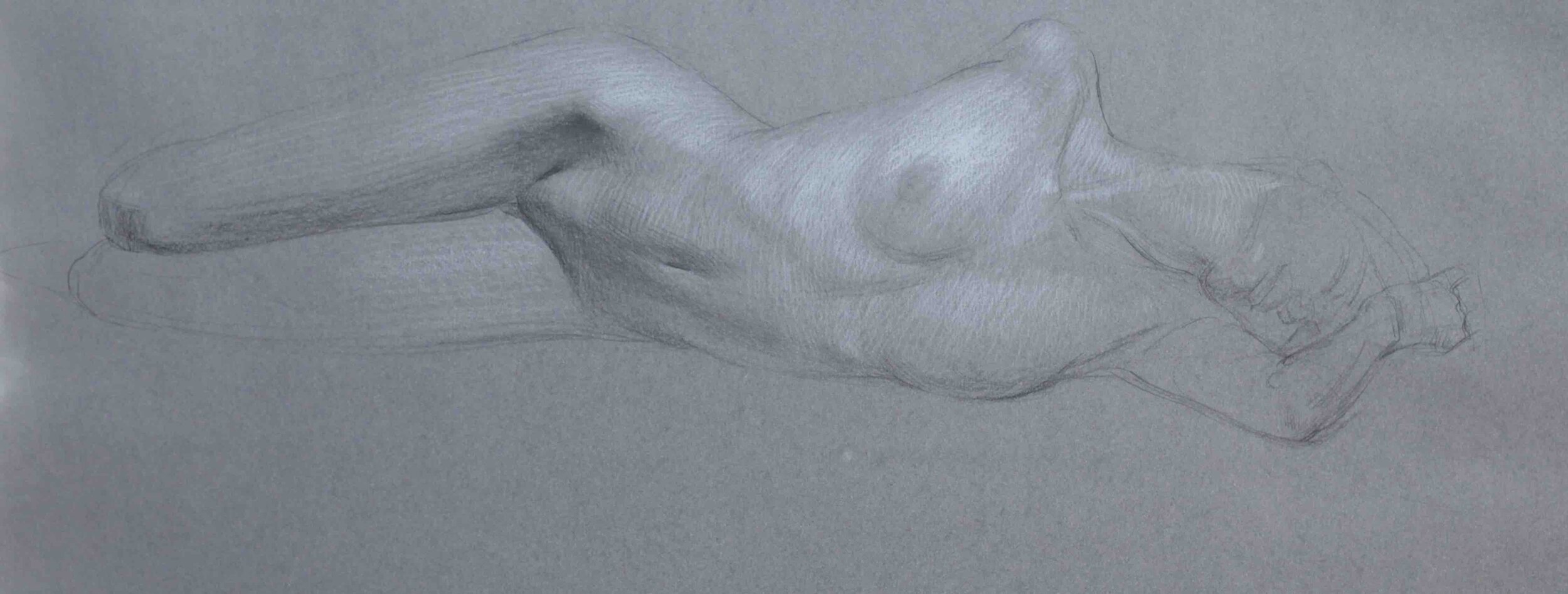DUE TO THE CURRENT LOCKDOWN IN BRISBANE WE WILL AIM TO SET UP NEXT WEEK AND HAVE THE OPENING ON FRIDAY 9TH JULY, PENDING DEVELOPMENTS.
For those of you in Brisbane, I will be taking part in a group exhibition of drawings at Brisbane Institute of Art, it includes work by those of us who regularly attend the untutored life drawing session on a Monday night there.
Includes work by David Paulson, Meredith Macleod, Bruce Slater, and others. My drawing above and others will be shown.
Opening at 6:30-9:00 pm on Friday 2nd of July at BIA (Brisbane Institute of Art, 41 Grafton St, Windsor.
Show is up until the 13th of July
New term for my Classical Life Class!
Early bird discount until the end of June: use code “EARLYTHIRD”
For full details, bookings and schedule see www.scottbreton.art/book

















































































